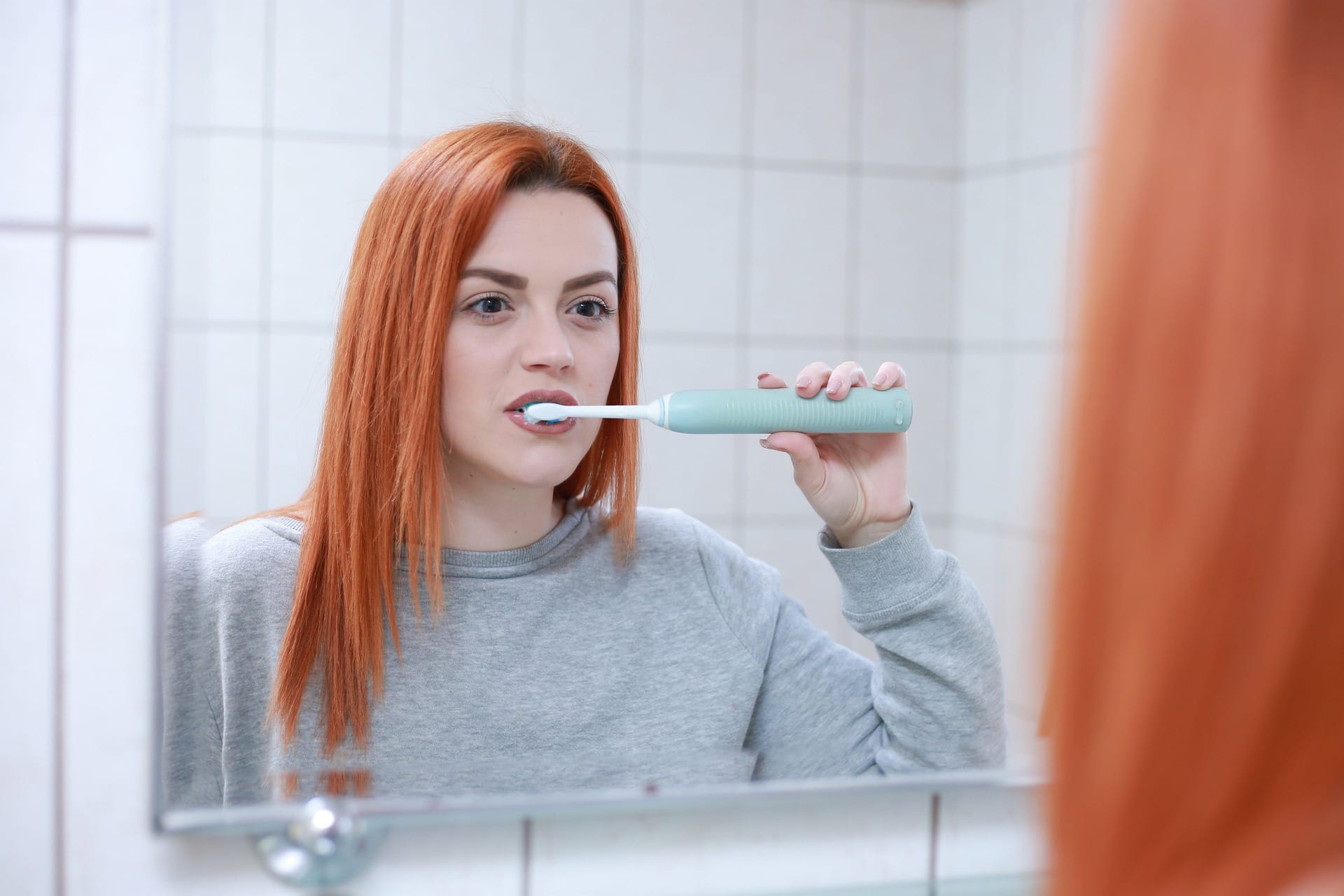Although many people have been told since childhood how important it is to rinse your mouth after brushing your teeth, on the Internet you can find recommendations to completely abandon this habit. We decided to check whether such advice is supported by scientific evidence.
Dental clinics give opposite recommendations on this matter. Alone and adults, And children remind you that after brushing your teeth need to “Rinse your mouth thoroughly with water, and wash your brush no less thoroughly with soap” to remove all remnants of the paste, since “its excess amount Maybe lead to hyperfluoridation of teeth and irritation of the digestive organs.” Other same warn, What rinse oral cavity after brushing teeth no need, because “during the rinsing process, washed off fluorine". Moreover, beware of swallowed pasta shouldn't, because “it is very difficult for an adult to achieve any level of intoxication from the paste,” and children’s analogues are certified as a food product and therefore not dangerous.
How testify data from archaeological excavations, even the ancestors of people, hominins, who lived 1.2 million years ago, cleaned their teeth - to remove stuck pieces of food they used thin sticks. Advice on oral hygiene has survived to this day. ancient egyptian And ancient Chinese texts. Hippocrates, who lived around the 5th century BC. e., recommended use tooth powder and emphasized the importance of regular care. In 1770, Englishman William Addis presented a prototype of a toothbrush - he made holes in a thin bone and inserted bristles there, sealing the structure with glue so that they would not fall out. He launched his invention into mass production, and the company created by Addis is still produces toothbrushes under the Wisdom Toothbrushes brand. Our usual toothbrushes with nylon bristles appeared in 1938. Tooth powders and then pastes included it contains many different ingredients: talc or crushed sea shells as an abrasive, camphor, eucalyptus, cinnamon, clove, rose and mint oils to eliminate odor and disinfect the oral cavity, ammonia, chlorophyll and penicillin to fight bacteria that cause caries. Today, in addition to the usual brushes and pastes, the dental industry offers many additional ways to maintain hygiene: irrigators, flosses, brushes, monotufts, as well as professional dental procedures such as ultrasonic cleaning or the Air Flow system.
Basic active a component of most toothpastes is fluoride. This non-metal strengthens tooth enamel so that it can withstand the damaging effects of acids that are formed in the oral cavity by microorganisms that live there. In addition to toothpastes, we get fluoride from fluoridated tap water and some food products (tea, coffee, fish and seafood, oatmeal, raisins, grapefruit juice). Recommended daily intake amounts to 3 mg for women and 4 mg for men.
However, fluoride in toothpaste does not immediately have a strengthening effect on enamel. Special fluoridation drugs used as part of dental care are applied on the teeth for a few minutes, then it is recommended not to rinse your mouth, eat or drink anything for half an hour. For regular toothpastes with fluoride, the exact time of exposure is not determined, but the general rule also applies to them: strengthening the enamel does not begin immediately. Therefore, the main recommendation of experts is this: after brushing your teeth, you should spit out the toothpaste and the saliva formed during the brushing process, but no rinsing with water or special means is required. This method of maintaining oral hygiene is recommended, in particular, UK National Health Service, Oral Health Foundation And US Centers for Disease Control and Prevention.
Concerns about ingesting large amounts of fluoride with this approach do not appear to be well founded. Although science known cases of fluoride poisoning, which included such unpleasant symptoms as nausea, diarrhea, abdominal pain and even death, it is impossible to obtain such a high concentration of this element in the body due to the use of toothpaste. The dangerous dose is 5 mg per 1 kg, that is, for acute poisoning, a person weighing 75 kg needs to swallow 375 mg of fluoride. Usually in toothpastes contained 1350 to 1500 parts per million (ppm) of fluoride - this means that for every kilogram of toothpaste there is 1350 to 1500 mg. The volume of an average tube of paste is 70 g, that is, for symptoms of poisoning to appear, you need to eat the contents of at least three and a half tubes of paste. Therefore, there is no need to be afraid that fluoride remaining in the mouth after brushing your teeth will lead to poisoning.
The above applies exclusively to pastes with fluoride. For health reasons, the dentist may recommend the use of analogues without this substance. In this case, there will be no significant additional benefit from the fact that the paste remains on the teeth after brushing (however, there will be no harm).
Thus, if a person wants to protect tooth enamel and uses fluoride toothpaste, a more effective approach is to simply spit out the remaining toothpaste and saliva after brushing rather than rinsing the mouth with water. This allows fluoride to remain on the surface of the teeth and is more likely to have a strengthening effect. You should not be afraid of fluoride poisoning from swallowed toothpaste - in a single dose for brushing your teeth, the volume of this element is too small. However, for toothpastes that do not contain fluoride, there is no significant difference whether you rinse your mouth after brushing or not.
Cover image: Bild von Martin Slavoljubovski auf Pixabay
If you find a spelling or grammatical error, please let us know by highlighting the error text and clicking Ctrl+Enter.






